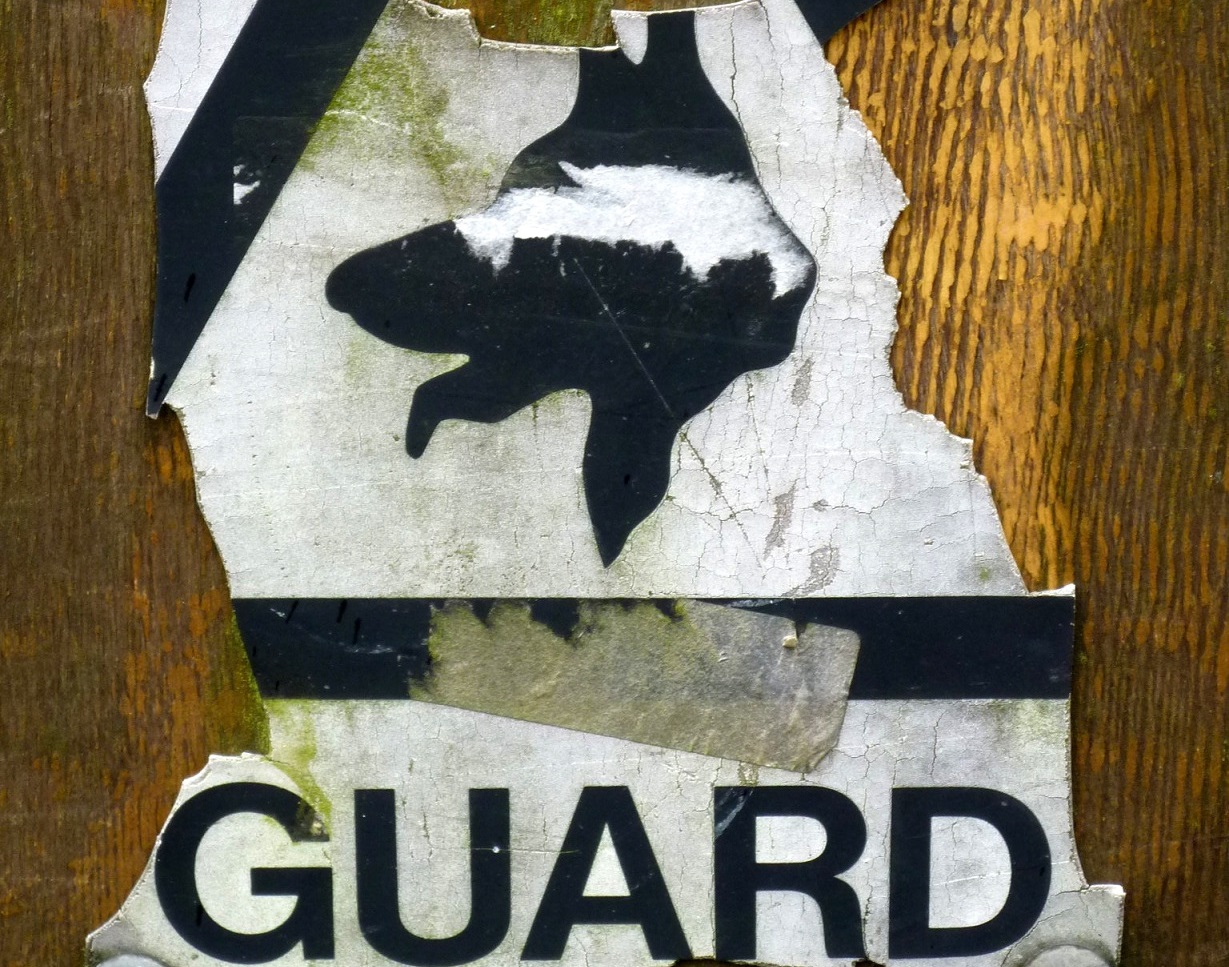
How To Keep Your Dog From Getting Shot – by Cops | SnallaBolaget.com
Here’s something you don’t hear about every day: Every year, police in the US kill 10,000 dogs. Yes, you did read that right. Ten thousand. You might think that this massive number is mainly comprised of strays, dogs gone wild – so to speak – and dogs attacking police officers or others. And you couldn’t be more wrong. Even law enforcement publications are questioning what they call an epidemic of police killing dogs, apparently with little or no repercussions – until now.
Recently, we wrote about the hand of justice coming down on trigger happy police officers, entering private property without warrant and shooting a highly trained dog, seemingly with no other motive than personal blood lust. Colorado is changing its laws to make dog encounter training mandatory for law enforcement, and while it’s still not clear how they plan on implementing the law, it is certainly a step in the right direction, both for humans and pets. On the one hand, police and law enforcement regularly celebrate their “K9” “officers”, all the while killing 25 dogs every single day – dogs that are, in many instances, at least as precious, well trained and as much of a companion to their owners as the “K9s” the officers work with and celebrate.
Police and law enforcement in the US is regularly under fire, and while their reckless killing of humans, both unarmed and armed, innocent or guilty, is certainly a huge issue, that doesn’t detract from the loss and pain inflicted by killing someone’s companion, whether they’re walking on two or four legs. So what can you do to prevent it?

Warn
A clear and present warning is an excellent first step to preventing undesirable interaction with your dog. Police have wide powers, but should generally not enter private property without a warrant, or a clear and present reason to think that immediate action is necessary to prevent a crime, halt one or apprehend a suspect. Warning police and others that there is a dog on the property will put a barrier between your dog and the would be intruder, and should a police officer take action against your dog, there will be no way to claim that the officer was surprised that there was a dog present.
It’s important to note that not all signs are equal. While you might be tempted to get a joke sign or two, and while that’s better than nothing, a sign that clearly depicts a dog, with legible and sober text is by far the most beneficial in the even something happens. Our suggestion is on the right – we’d recommend placing one at each entrance to your property, along with one by your door. Place the signs as close to eye level as possible, or where someone would naturally look, such as next to your door bell or knocker.
Hinder
Setting up the right fences can be a line of defense between both you and the world, and your dog and the world. Most municipalities and some homeowner’s associations have rules regarding fences, and depending on where you are, the types of fences you’re allowed to set up, might be limited. But, even if you can’t (or won’t) fence in your whole property, a fence to keep your dog from running at or near your walkway or front door is a good idea. Even if the fence is discrete, it might discourage people (read: rogue cops) from interacting with the dog, and vice versa. Something like this would be a good idea for a smaller dog, while this would be good for something a little bigger, and also allows you to fit a gate.
Putting a sign up on the fence or gate would be a good idea as well.
Prosecute
Making empty threats is never a good idea, and if your sign says you’ll prosecute, you should. And also make it known that you will. If police where you live, have a habit of entering private property, you should both warn them that such entry won’t be tolerated, and that you have a dog, and also follow through with both complaints and legal action whenever your property is violated – by anyone you don’t want on your land. In most cases, such warnings won’t be heeded by police, and should something happen to your dog by police hands on your property, while the dog is fenced in and your signs are up, a history of complaints/warnings/suits will be a great help when you go to court. While it’s not a safe bet that you’ll see the kind of justice that the Maryland courts dished out recently, your chances are at least that much higher.
If you have other tips to safeguard your dog from trigger happy cops, please share them in the comments!
